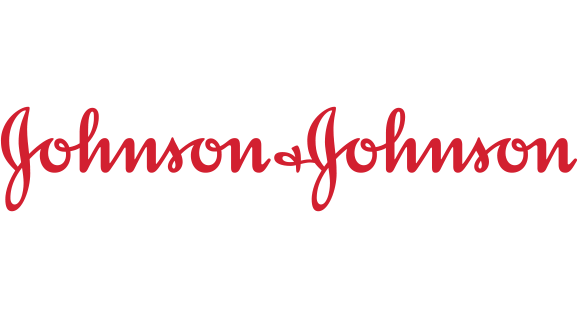One year ago today, the World Health Organization (WHO) declared COVID-19 a “pandemic.” Here’s a look back at key activities from BIO and the industry over the past year—and how we were able to come so far, so fast.
Most of the world woke up to the seriousness of the pandemic on March 11, 2020—but the global biotechnology community had been tracking the virus and working on solutions for a few months already.
Now, just one year later, vaccines are making their way to patients around the world—from the United States to some of the poorest nations through the COVAX Facility—along with innovative treatments and diagnostics that are helping to bring down cases and deaths.
A quick timeline of the past year:
- Early 2020: In January, the U.S. biotech industry was already leading the way on COVID-19 solutions, and by February, some vaccines and therapeutics were ready for early-stage trials.
- March 10, 2020: BIO launched the Coronavirus Business Resource Center to help companies stay on top of news and guidance and formulate a response.
- March 20, 2020: BIO launched the Coronavirus Hub to help companies obtain and share information and supplies—from RNA kits to pipette tips to general information and guidance.
- March 26, 2020: BIO held a two-day virtual summit with 45+ companies and global government and public health experts to safely maximize collaboration on vaccines, therapeutics, and diagnostics.
- May 12, 2020: BIO unveiled the COVID-19 Therapeutic Development Tracker, which allows users to keep up with weekly COVID-19 pipeline updates.
- June 1, 2020: Dr. Michelle McMurry-Heath officially took the helm as BIO’s President and CEO—quickly becoming a leading and needed voice for science and social justice in the middle of the dual crises of the pandemic and a racial reckoning in the United States.
- June 8-11, 2020: BIO held the first-ever BIO Digital, which brought together more than 7,000 attendees from 64 countries for virtual COVID-related partnering and educational sessions as well as experts like NIH’s Dr. Anthony Fauci and then-FDA Commissioner Dr. Stephen Hahn.
- August 6, 2020: The first pillar of the BIOEquality Agenda was launched today in response to the disproportionate impact of COVID-19 on communities of color, highlighting the importance of diversity in clinical trials.
- September 10, 2020: BIO hosted the COVID Treatment Access Summit, which brought together 60+ leaders across the industry to discuss policy barriers and challenges that impede patients’ access to COVID therapies. Another summit was held in January 2021.
- December 4, 2020: BIO launched COVIDVaccineFacts.org, a new resource with scientific and evidence-based information in both English and Spanish about the COVID-19 vaccines.
- January 27, 2021: BIO released 100 Days of Innovation, a blueprint with policy priorities to end the pandemic and build resiliency.
We’ve also amplified our members’ efforts—following vaccine progress from Moderna, Pfizer, Novavax, and Johnson & Johnson, and going deeper with innovators from Adaptive Biotechnologies, Alnylam, Vir, and many more in the I AM BIO Podcast.
Are you sensing a theme? This was all made possible by collaboration—between pharmaceutical companies large and small, the federal government, and international entities. And now, as the vaccines are being rolled out, collaboration continues to combat misinformation and reach the hardest-hit communities.
Where do we go from here? When COVID-19 is behind us, we’ll need to keep the lessons learned at top of mind—so we can prepare for the next inevitable pandemic.
And policy is critical. “Preparedness begins with accelerating infectious disease research and development—including through more grants, tax incentives, and public-private partnerships that support those driving our innovation ecosystem,” BIO’s Dr. Michelle McMurry-Heath recently explained.
How the agriculture and environment biotech sector responded
While much of the focus over the past year has been on the health impact of the pandemic, it’s important to note the links to agriculture and the environment—and how this side of the biotechnology industry responded, too.
The entire biotech industry stepped up—including agriculture and environment companies, as we’ve explained.
Synthetic biology has been crucial—from Amyris, which used synbio to create sustainable hand sanitizer and vaccine adjuvants, to Twist Bioscience, which used synthetic DNA to eliminate the need for researchers to use live virus in R&D.
Others shifted operations to make much-needed PPE—like Bayer, which made face shields for health care workers and first responders, and POET, which made a permanent change to some facilities to produce more hand sanitizer.
And remember the cows? SAB Biotherapeutics genetically engineered cows to produce human reagent antibodies to help diagnose and treat the coronavirus—and they got an additional federal government grant late last year to expand the scope.
(There are a lot more examples here.)
COVID-19 has also shown why we need to clean up the environment. Recent studies have shown that air pollution increases the risk of serious illness and death from COVID-19, which is why it’s so important to develop low-carbon, sustainable fuels like the ones from companies like Gevo and LanzaTech.
And perhaps above all, it’s highlighted the links between human, animal, and environmental health—One Health—and the need for research into the origins of COVID-19 and other diseases as part of our pandemic preparedness plans.
Learn more about how the ag and environment biotech sector responded to COVID-19.



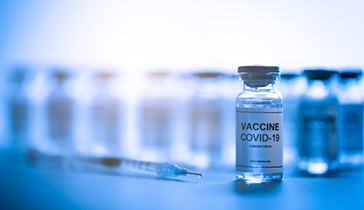
.jpeg?itok=ByJuBfy-)

.jpeg)
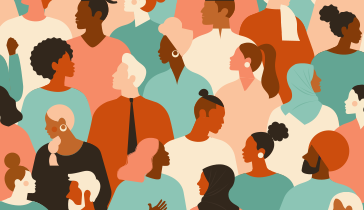
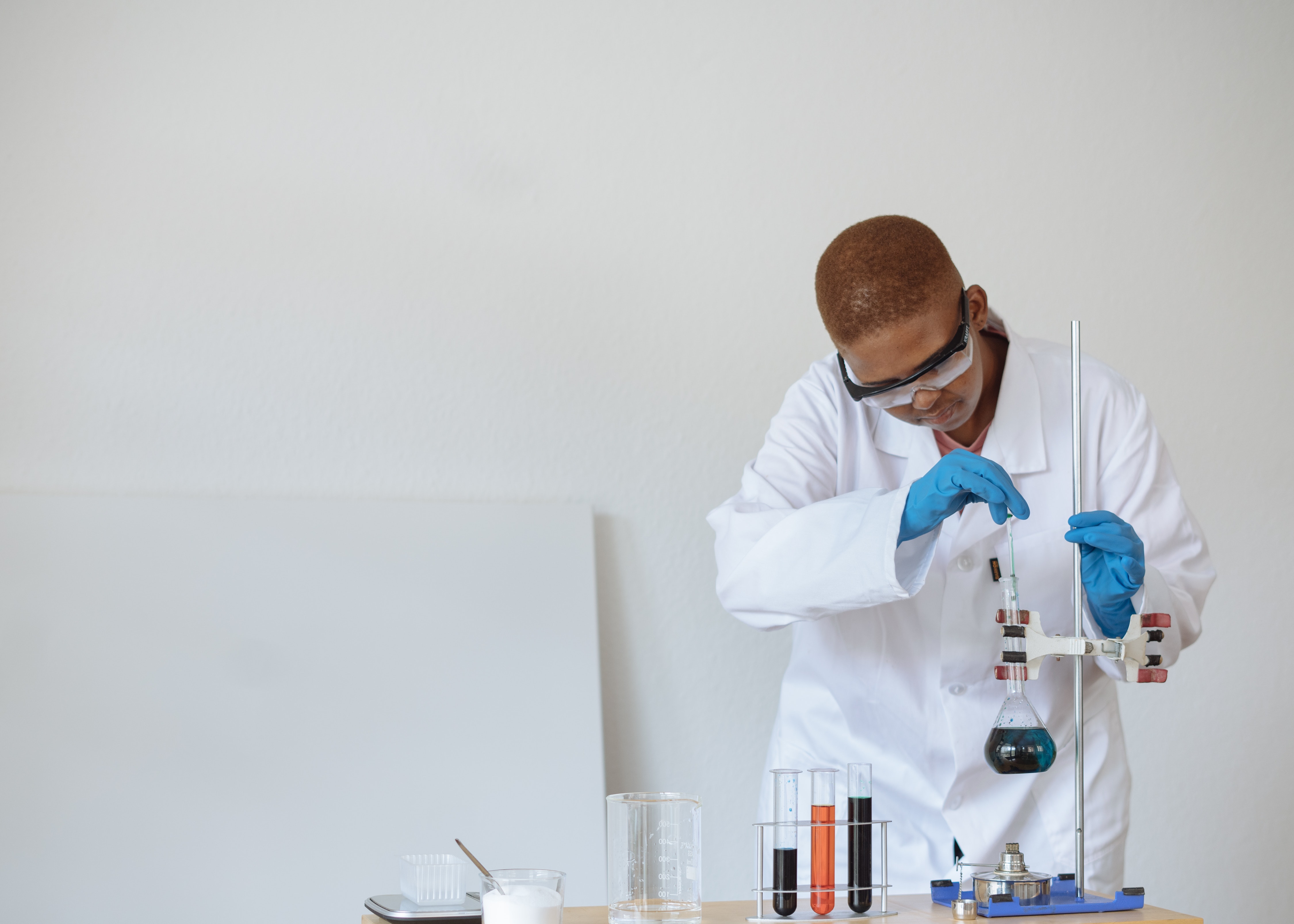
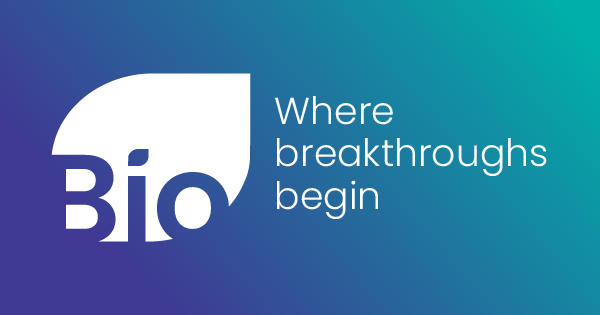
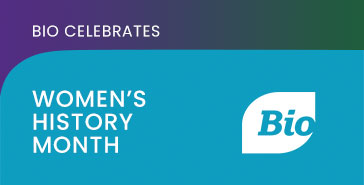

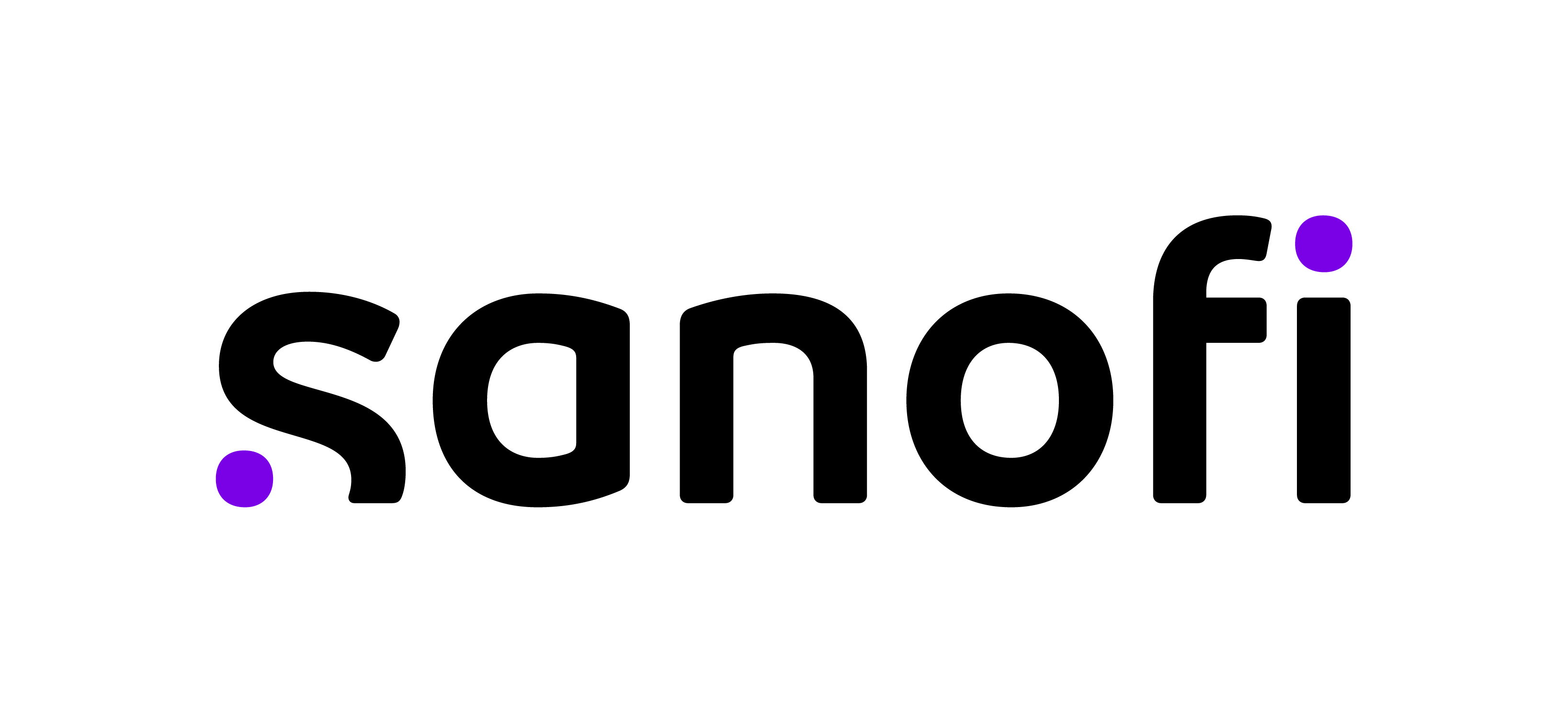
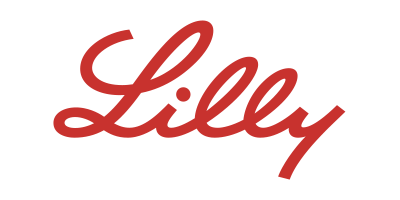



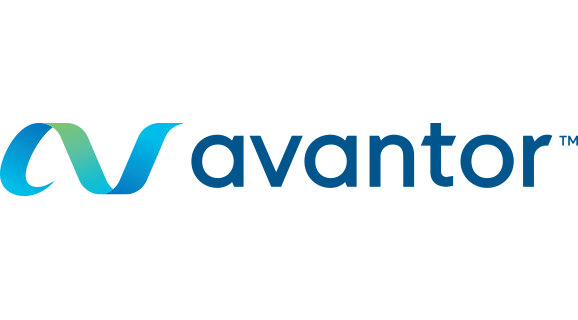

.png)
